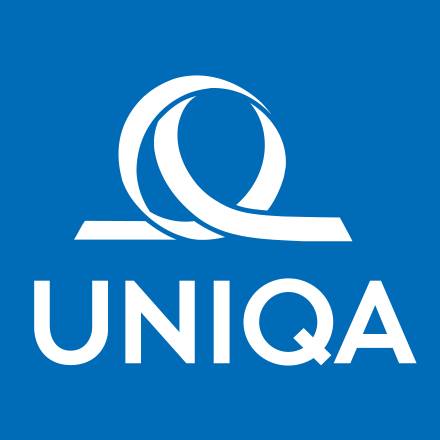Platelets Rich Plasma (PRP)
Judging by the latest trends in esthetic surgery the future of anti-age medicine lies in the treatments based on the self-regeneration ability of our body. One such method is platelets rich plasma rejuvenation.
The plasma is enriched with thrombocytes and it is obtained from the patient’s blood. Approximately 8 ml of blood is taken from the patient and after centrifugal treatment the components of blood are separated and thrombocytes are concentrated in blood. Thrombocytes are blood platelets that are related to stem cells with 89% of growth factors.
In PRP such thrombocyte-rich blood is injected under the skin of face and/or body. It is performed under local anesthesia and is almost painless. Tissue regeneration is stimulated resulting in fresher-looking, rejuvenated, well-hydrated and perfectly toned skin with no wrinkles. The entire procedure is simple and perfectly safe and lasts for approximately 45-60 minutes.
It is important to emphasize that PRP method is not a procedure of surgical face-lift. Therefore, the effects are not the same. Skin’s improved texture and tone are noticeable for up to eight weeks due to increased collagen and keratin release under the skin. The procedure is effective for more than two years. Most commonly treated areas include cheeks, middle section of the face, wrinkles and crow’s feet, neck and jawline, hands, decolletage, and acne scars.
Optimal results are achieved with three treatments within a time period of one month. After that the treatment should be repeated in six months, than a year. All subsequent touch-up treatments are advised once every year.
PRP method is recommended to those who wish to improve skin’s elasticity and tone, to reduce the visibility of fine lines and wrinkles on the neck, face and hands. The method has shown efficiency in treating acne scars, hair loss, dark skin tone in the eye region, stretch marks etc. The method can be used on patients of both genders. However, the procedure cannot be implemented on patients suffering from acute infections, bleeding and coagulation disorders, auto-immune disorders or hematological conditions and cancer patients.




